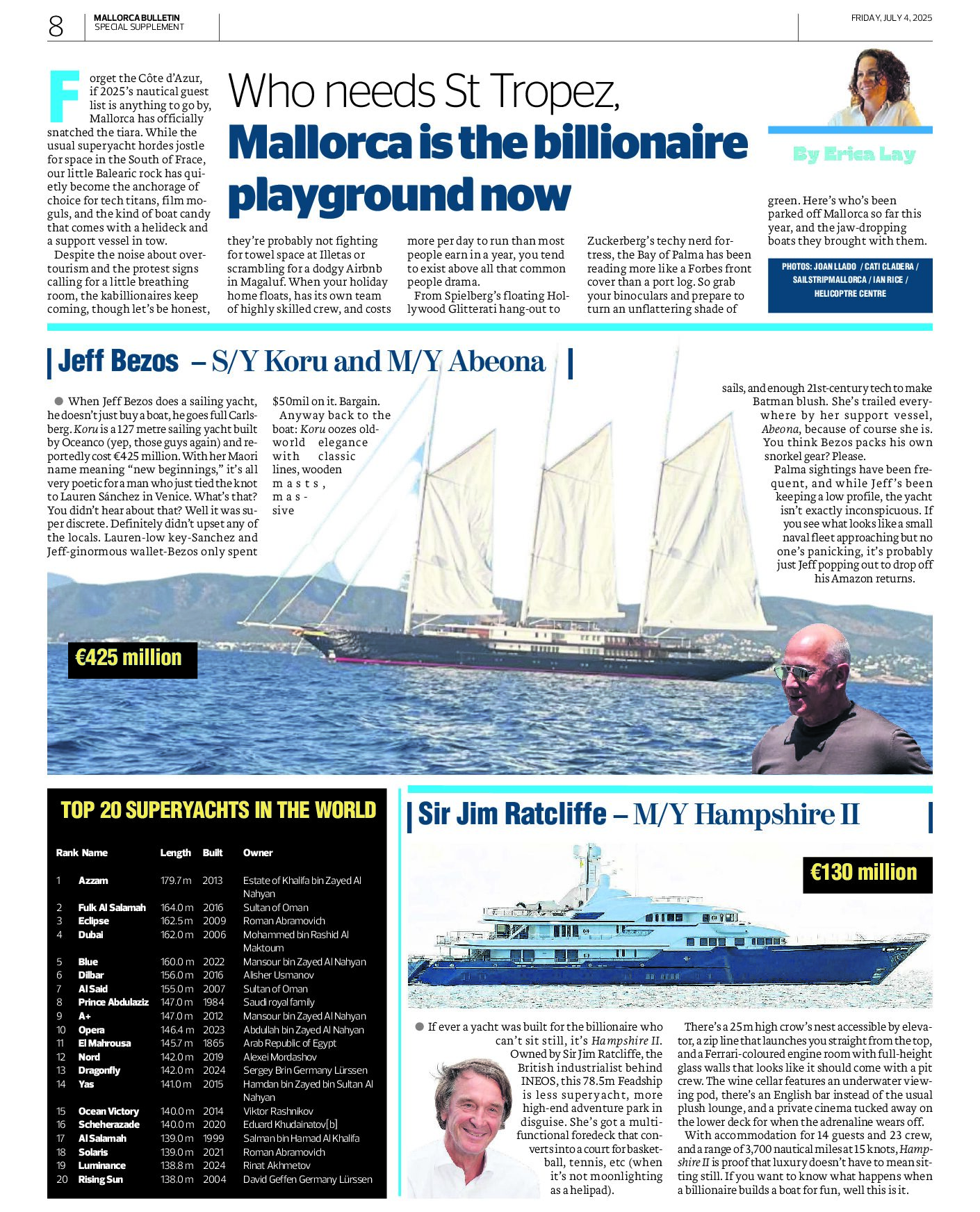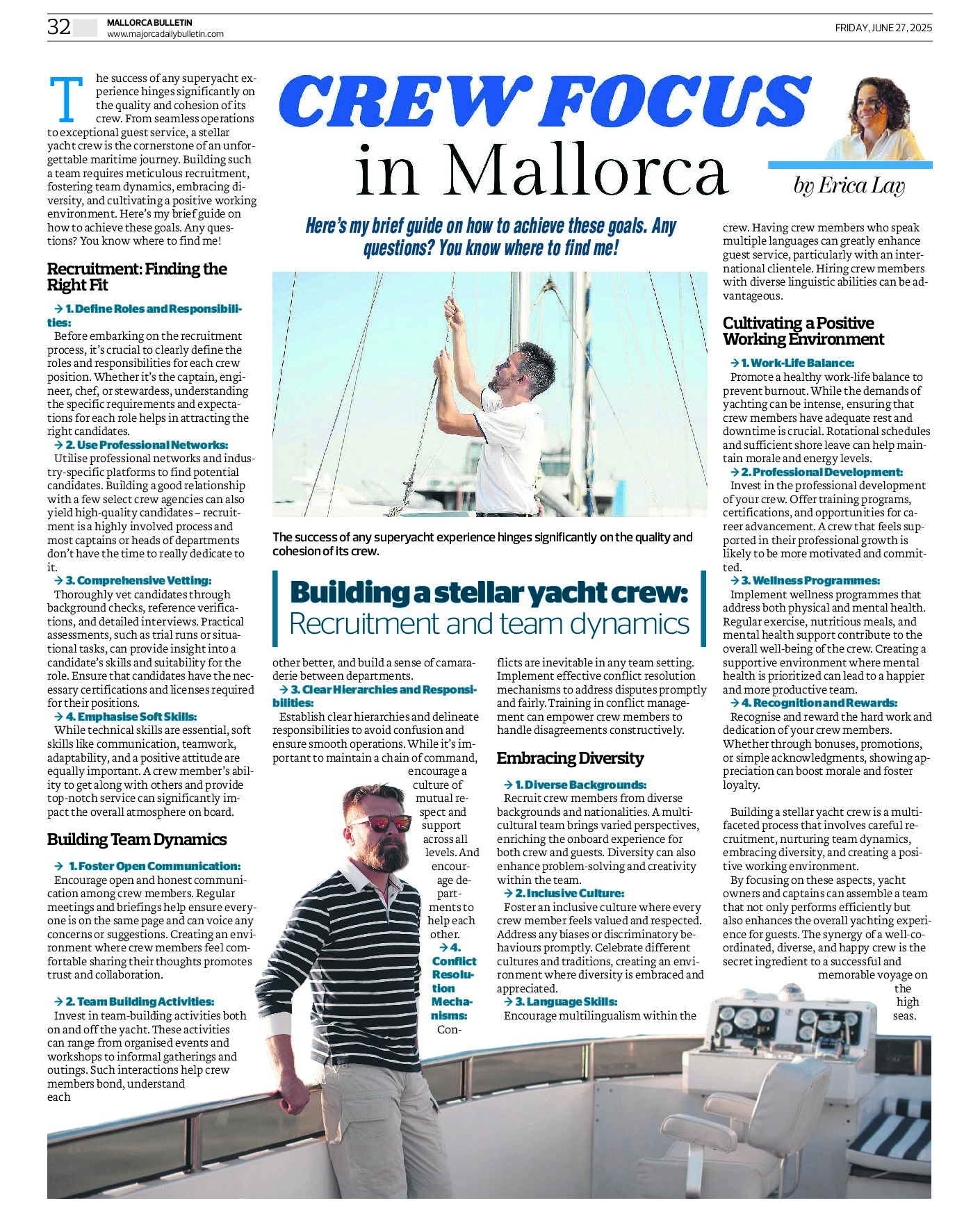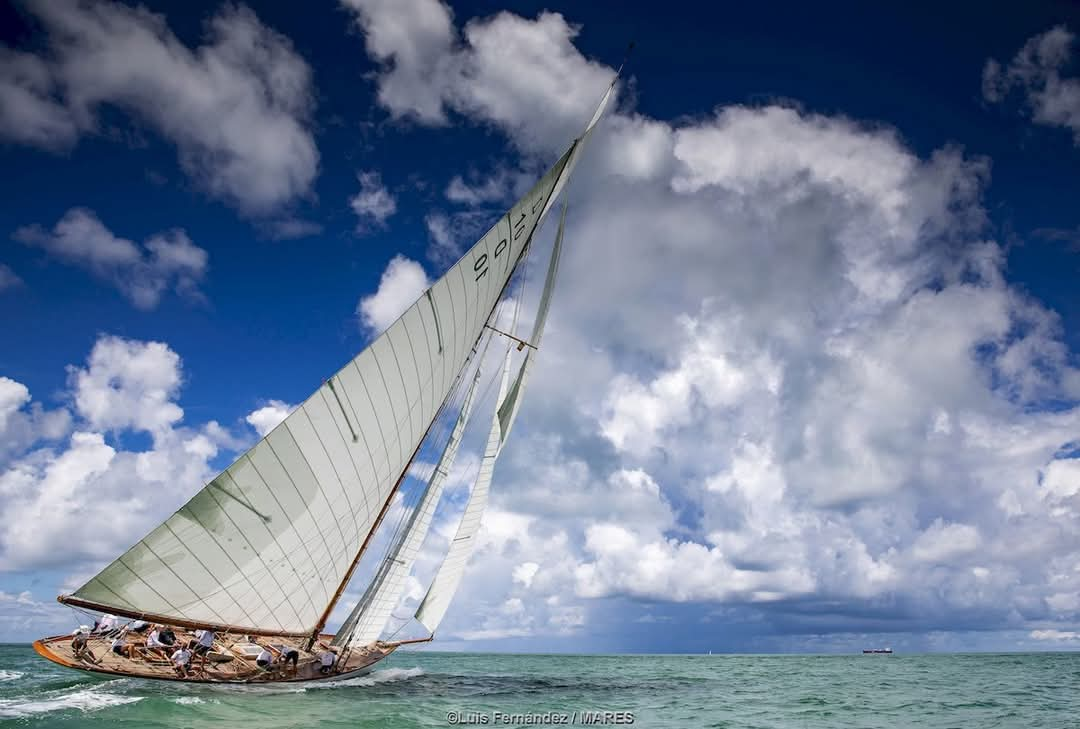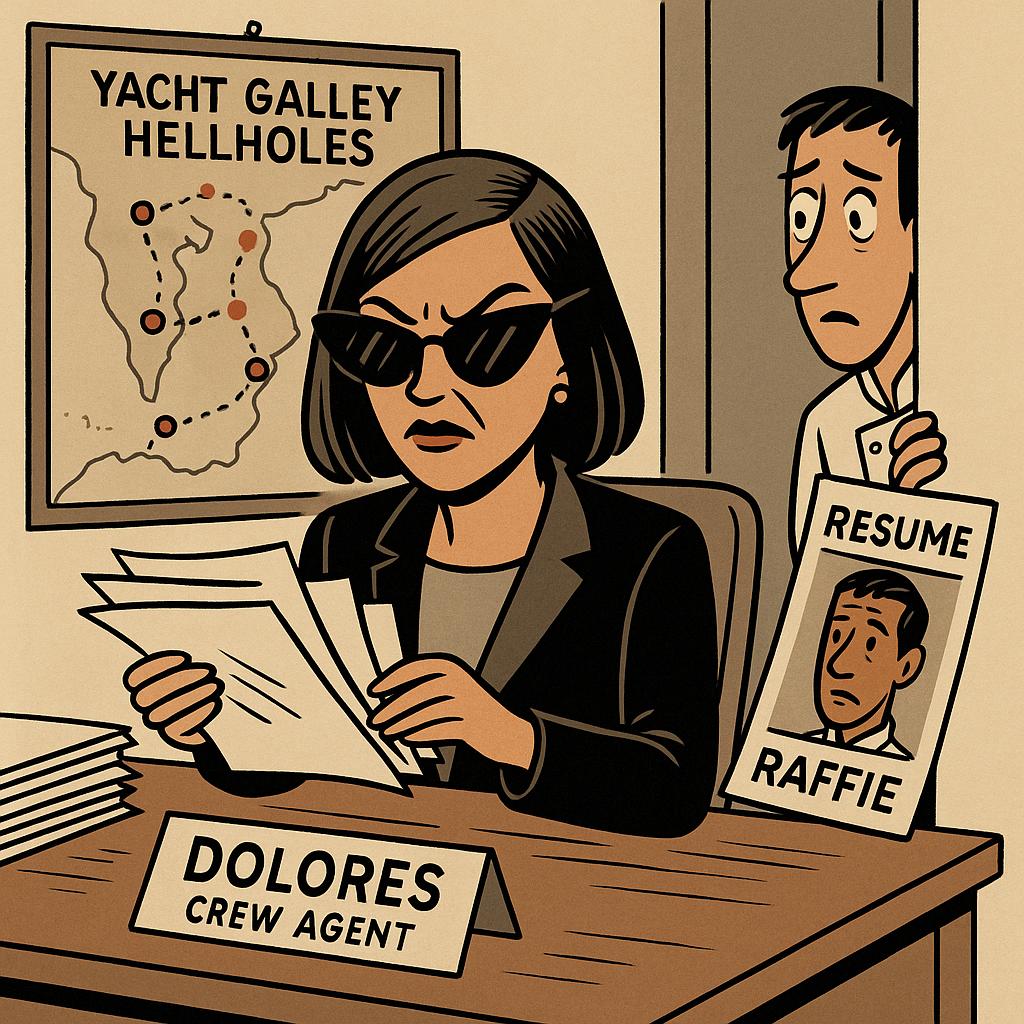With Courtesy of Erica Lay & The Mallorca Bulletin. #25/1042.
Erica Lay owner of EL CREW International Yacht Crew Agency http://www.elcrewco.com/ erica@elcrewco.com
Double Feature for Summer: Who Needs St Tropez? Mallorca Is the Billionaire Playground Now
Forget the Côte d’Azur—if 2025’s nautical guest list is anything to go by, Mallorca has officially snatched the tiara. While the usual superyacht hordes jostle for space in the South of France, our little Balearic rock has quietly become the anchorage of choice for tech titans, film moguls, royalty, reclusive billionaires, and the kind of floating toys that come with helidecks, support vessels, and at least one mast you can zipline off—if you fancied it.
Despite the noise about overtourism and protest signs calling for breathing room, the kabillionaires keep coming. Let’s be honest—they’re probably not fighting for towel space at Illetas or scrambling for a dodgy Airbnb in Magaluf. When your holiday home floats, has its own highly trained crew, and costs more per day to run than most people earn in a year, you tend to exist above all that.
Spotted in Palma: The Billionaire Line-Up
David Geffen – M/Y Rising Sun
A 138m Lürssen that looks like it could host the UN, Glastonbury, and a minor space programme—simultaneously. With a movie theatre, basketball court (that’s also a helipad), and A-list guests like DiCaprio, Julia Roberts, and Oprah, Rising Sun is the ultimate floating flex. If this yacht could talk, it’d purr: “Do you even billionaire, bro?”
Steven Spielberg – M/Y Seven Seas I
Delivered in 2023 by Oceanco, this 109m sequel to Spielberg’s original yacht stars twin pools, a spa, underwater lounge, and yes, a cinema. Recently anchored off Andratx with Capshaw, Day-Lewis, and Rebecca Miller on board. Blockbuster Tuesday, anyone?
Jeff Bezos – S/Y Koru & M/Y Abeona
When Bezos buys a boat, he builds an empire. Koru—127m of poetic sailboat tech—is flanked by Abeona, her support vessel. Anchored discreetly yet unmistakably in Palma. Expect sails, wooden masts, and tech fit for a Bond villain’s honeymoon.
Mark Zuckerberg – M/Y Launchpad & Wingman
The newest yacht nerd on the block, Zuck’s 119m Feadship docked at Club de Mar this season. Support vessel Wingman included, of course. Complete with helipad, tech lab, cinema, and whatever else three Threads users require at sea.
Sergey Brin – M/Y Dragonfly
A stealthy 142m Lürssen—quiet, efficient, private. Think Do Not Disturb mode on water. Rumoured to be the longest US-owned superyacht, with twin helipads, multiple pools, and Brin’s signature vanishing act. Blink and you’ll miss her. But you won’t.
Sir Jim Ratcliffe – M/Y Hampshire II
The 78.5m Feadship for billionaires who can’t sit still. Basketball court, zipline, underwater wine cellar, English bar, and engine room with Ferrari-red walls. If Red Bull built yachts, this would be it.
Qatar Royal Family – M/Y Al Lusail
A 123m Lürssen that arrived with the quiet confidence of someone who owns entire football leagues. Sleek, futuristic, and brimming with security. Not here for attention, but grabbing all of it.
Charles Dunstone – M/Y Shemara
Vintage glamour reborn. Originally launched in 1938, restored to glory by the TalkTalk founder. Less tech, more taste. Less dazzle, more duchess. Mallorca’s classiest grand dame on water.
Bill Gates – M/Y Wayfinder
Bill’s “support” vessel is 68m of modest genius. Designed to carry gear for his elusive €550m hydrogen Feadship Breakthrough. Rarely spotted, always understated. Classic Gates—zero glitter, all intellect.
So, What Have We Learned?
While the locals are protesting rent hikes and €16 sangrias, the superyachts glide in, silently burning through fuel bills that could bankroll a village fiesta—twice.
From Geffen’s A-list mothership to Bezos’ tech schooner, Mallorca is where the ultra-wealthy come to flaunt it—without looking like they’re flaunting it. It’s not flashy like Monaco or cliquey like Capri. It’s just cool. Effortlessly.
So let them drop anchor, fire up their helis, and admire our mountains.
Mallorca, darling, you’ve never looked so expensive.










